Whale watching Australia is one of the most awe-inspiring marine adventures you can experience. With thousands of humpback and southern right whales migrating along the Australian coastline each year, there are countless breathtaking viewpoints across the country. From cliffside lookouts to eco-friendly boat tours, this guide covers the top whale watching spots by region, so you can plan your next unforgettable marine adventure.
One of the best outback sky journeys begins in the Red Centre, where vast horizons and zero light pollution create the perfect canvas for stargazing.
Each year between May and November, Australia becomes a prime destination for whale watching enthusiasts as enormous pods of whales travel along the “Humpback Highway,” a migratory route stretching from Antarctica to the warm waters of northern Australia. These majestic marine mammals can be observed from multiple vantage points across the country, including headlands, beaches, and boats. Whether you’re standing on the cliffs of New South Wales or cruising off the coast of Western Australia, there’s no shortage of places to witness this awe-inspiring spectacle. Whale watching Australia is more than a leisure activity—it’s an emotional and educational experience that connects people to the wonders of the ocean.
In addition to humpbacks and southern rights, lucky observers may also encounter minke whales, orcas, and even blue whales in certain regions. Some of the best-known whale watching destinations offer rich cultural and ecological narratives, often led by Indigenous guides or marine biologists. Tours are generally run with sustainability in mind, ensuring minimal impact on these gentle giants. Many operators adhere to national guidelines that prevent crowding or disturbing the whales, making the experience both ethical and enriching.
Travelers interested in whale watching Australia often find that it complements other adventures such as snorkeling, bushwalking, and coastal road trips. Coastal towns and marine parks frequently host whale festivals with educational events, photography exhibitions, and community celebrations. Families, solo travelers, and nature lovers alike will find joy and wonder in tracking whale movements and spotting tail slaps or full breaches against the backdrop of Australia’s diverse coastlines. With so many regions offering unique whale encounters, it’s easy to tailor your trip to your interests, whether you prefer remote wilderness or accessible beaches.
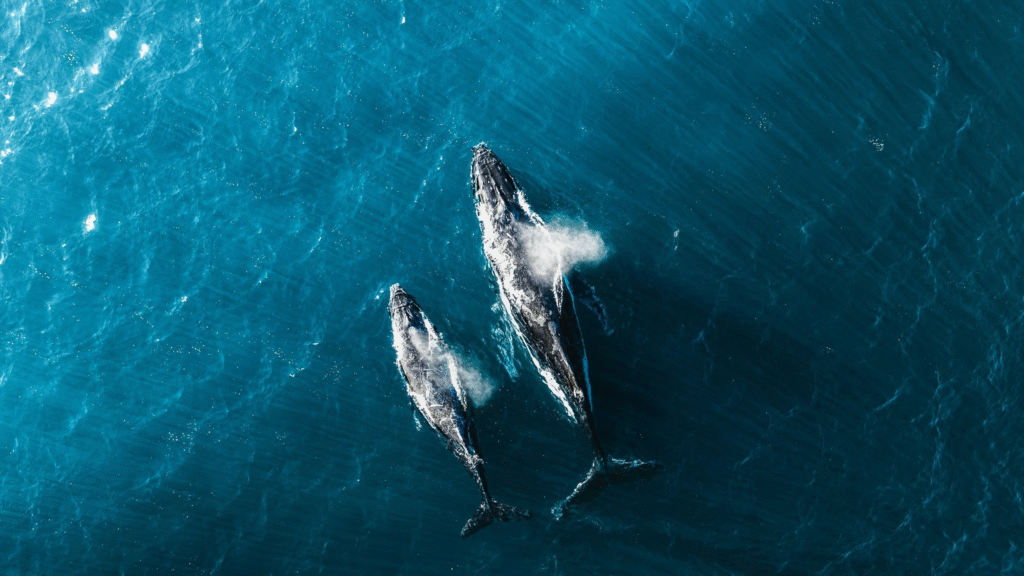
1. Hervey Bay, Queensland
Hervey Bay is known as the whale watching capital of Australia. Protected by Fraser Island, the bay offers calm waters where humpback whales pause to rest and play. Between July and November, it’s common to see breaching whales just meters from your boat.
Learn more about Hervey Bay (official tourism site).
2. Eden, New South Wales
Located on the Sapphire Coast, Eden boasts deep waters close to shore, making it a prime location for spotting southern right and humpback whales. The Eden Whale Festival in October is a great time to visit.
For more coastal nature trips, don’t miss our guide to unique wildlife experiences in Australia .
3. Warrnambool, Victoria
On the Great Ocean Road, Warrnambool’s Logan’s Beach is famous for land-based whale watching. From June to September, southern right whales give birth close to shore, often visible without binoculars.
4. Albany, Western Australia
As the site of Australia’s last whaling station, Albany has transformed into a whale conservation hub. The nearby cliffs offer panoramic views of humpback and southern right whales as they migrate past.
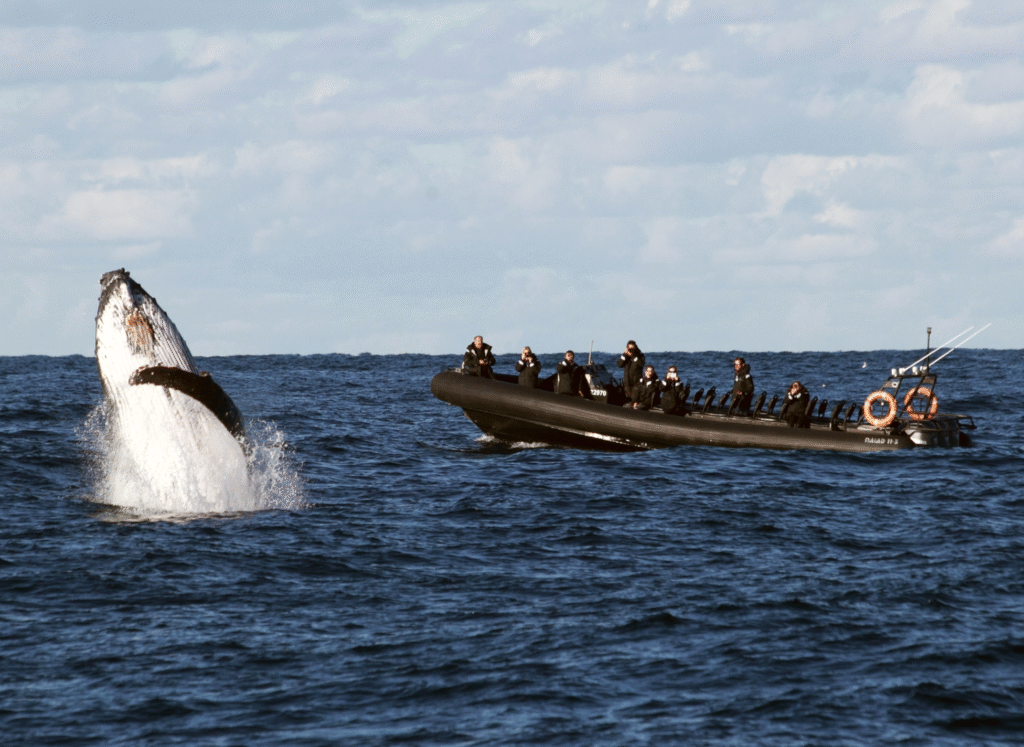
5. Victor Harbor, South Australia
Between June and September, Victor Harbor welcomes southern right whales into its calm bays. Visit the South Australian Whale Centre to learn more about the region’s marine life.
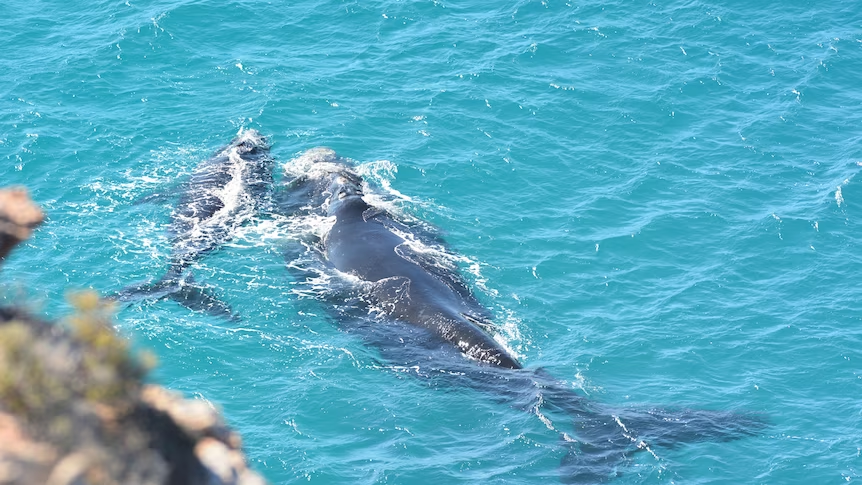
6. Bruny Island, Tasmania
Bruny Island is a lesser-known but excellent whale watching destination. Species like humpbacks and orcas are spotted off its coast. The island also offers pristine wilderness, making it perfect for eco-travelers.
7. Byron Bay, New South Wales
Byron Bay’s elevated headlands provide excellent whale viewing opportunities. June to October is the best season to spot migrating humpbacks, often seen breaching right from Cape Byron.
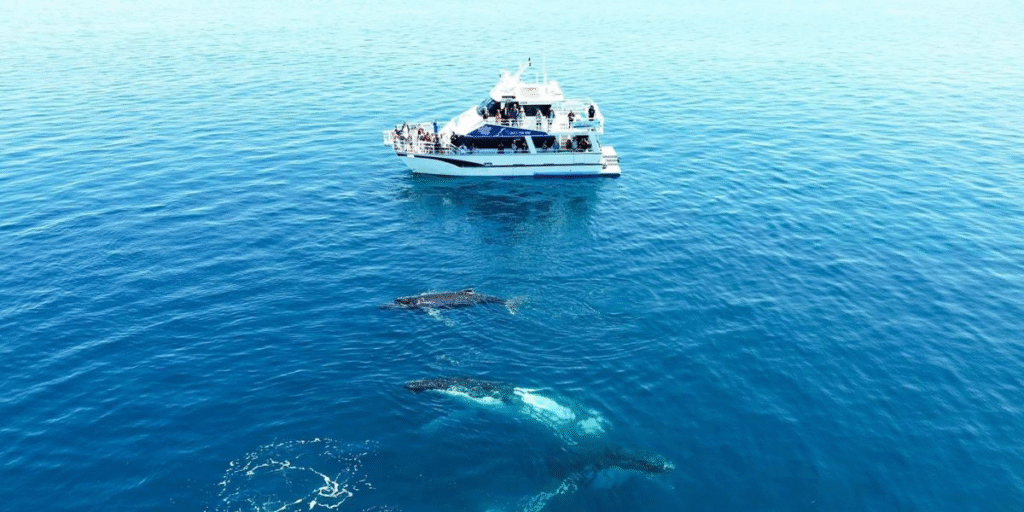
8. Exmouth, Western Australia
While better known for whale sharks, Exmouth also sees humpback whales between July and October. Boat tours offer the chance to witness whales in the wild, alongside dolphins and manta rays.
9. Great Australian Bight, South Australia
The towering cliffs of the Bight create natural viewing platforms for whale watchers. Southern right whales breed here during the winter, and the vast remote landscape offers a dramatic backdrop.
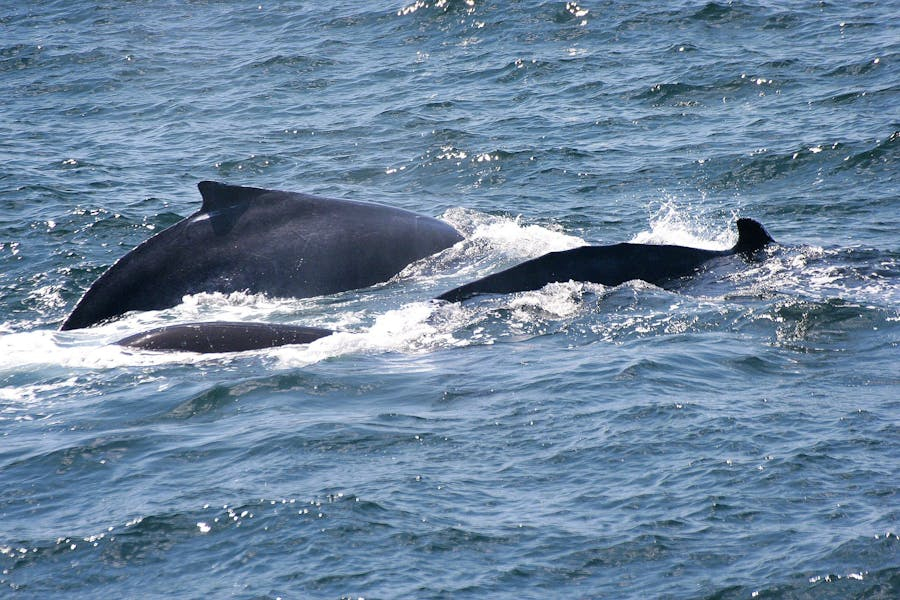
10. Sydney, New South Wales
You don’t have to leave the city to enjoy whale watching. Sydney’s coastal cliffs, from Bondi to Manly, provide easy access for spotting whales from land. Alternatively, take a short boat tour into the Pacific.
Top Tips for Whale Watching Australia
- Best time: May to November (varies by region)
- Morning tours offer calmer seas and better visibility
- Bring binoculars, sunscreen, and seasickness tablets if needed
- Follow ethical guidelines—never chase or disturb the whales
Why Whale Watching in Australia is Unmissable
The scale and diversity of whale watching Australia offers is unmatched. From remote islands to urban coastlines, every region has its own charm and marine life. Whether you’re a seasoned wildlife enthusiast or a curious traveler, spotting a breaching whale is a moment that leaves a lasting impression. Don’t forget to pair your trip with one of our guides on outback road trips in Australia for the ultimate nature journey.
